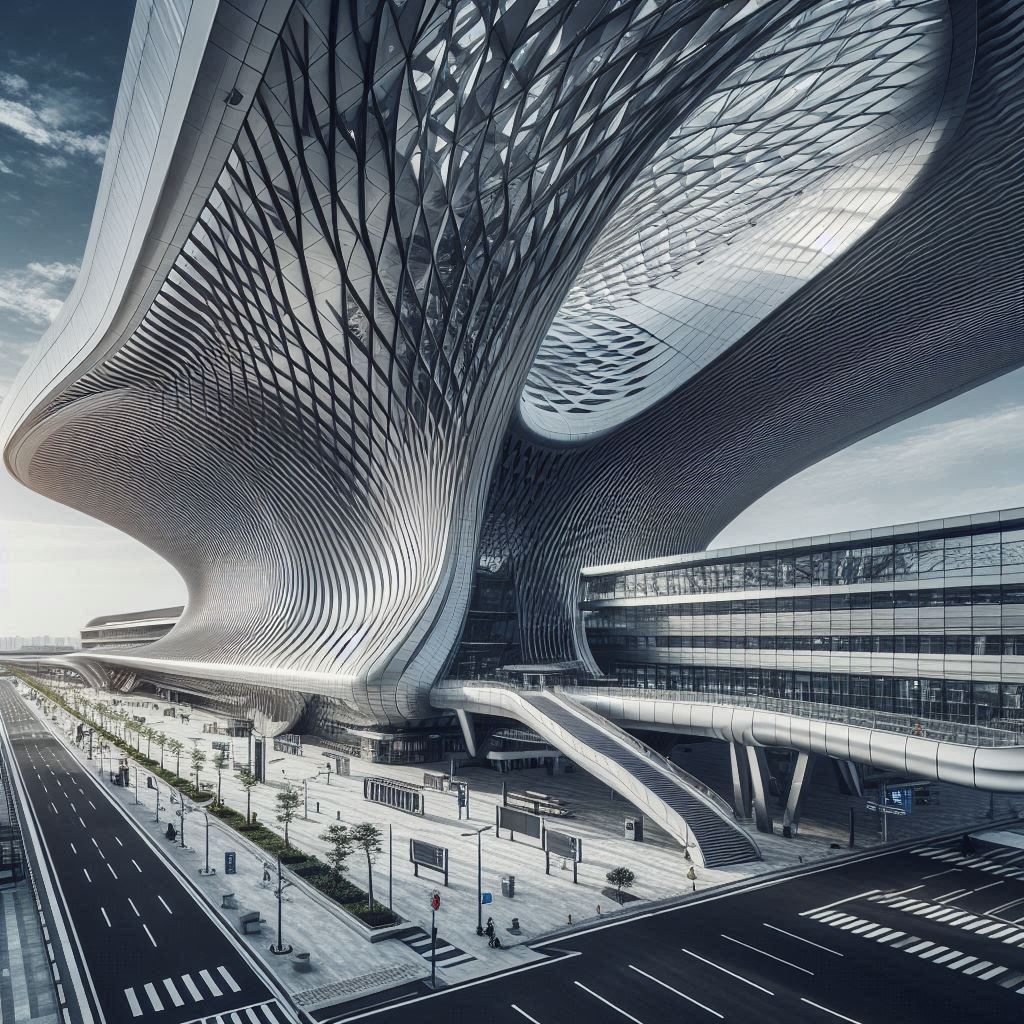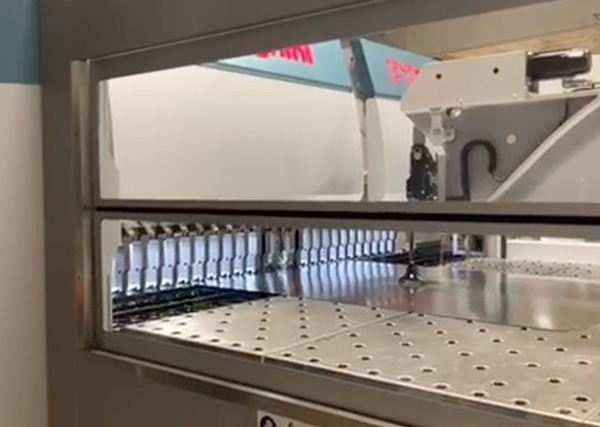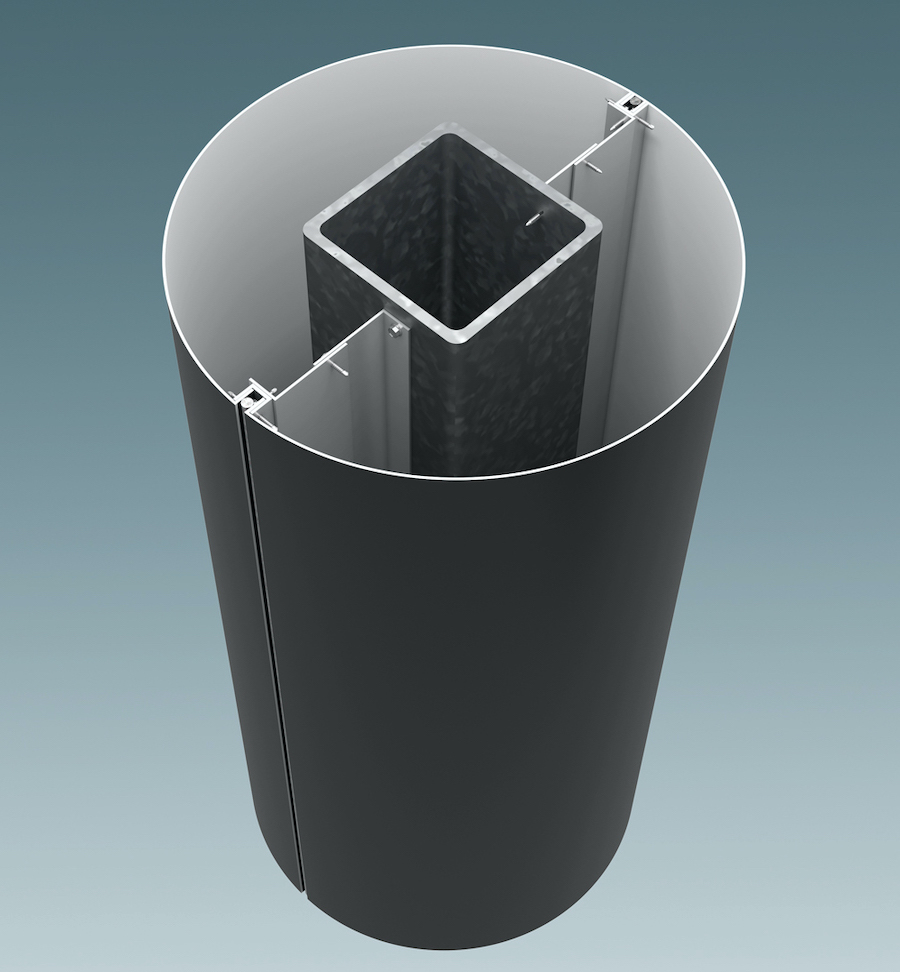The Evolution of Airport Infrastructure: Trends and Future Architectures

As air travel continues to soar, so too does the need for innovative airport infrastructure. The growth of global passenger traffic, which is expected to double by 2040, calls for significant advancements in airport design and functionality.
.png) Hollywood Burbank Airport - Burbank, California
Hollywood Burbank Airport - Burbank, California
Current Trends in Airport Infrastructure
-
Sustainability and Green Design
Airports are increasingly prioritizing sustainable practices. From LEED-certified terminals to solar panels and rainwater harvesting systems, eco-friendly designs aim to reduce carbon footprints. Notable examples include the recently opened terminal at Chhatrapati Shivaji Maharaj International Airport in Mumbai, which incorporates green building materials and efficient energy systems. -
Smart Technology Integration
The rise of smart airports is transforming passenger experiences and operational efficiency. Automated check-ins, biometric security screening, and real-time flight tracking apps streamline processes. Airports like Singapore Changi and Incheon International are pioneers, utilizing AI and IoT to enhance everything from luggage handling to passenger flow management. -
Flexible and Modular Design
The unpredictability of travel demand necessitates flexible airport designs. Modular terminals that can be easily expanded or reconfigured allow airports to adapt to fluctuating passenger numbers. This approach not only saves costs but also ensures that facilities remain relevant as needs evolve. -
Enhanced Passenger Experience
Modern travelers seek more than just transit; they want an experience. Airports are now resembling shopping malls, featuring high-end retail, fine dining, and relaxation zones. Facilities like lounges and wellness areas cater to passenger comfort, transforming waiting times into enjoyable moments. The expansion of airports like Hamad International in Qatar exemplifies this shift. -
Resilience and Security Enhancements
The global pandemic highlighted the need for resilient airport designs that prioritize health and safety. Increased ventilation, touchless technologies, and strategic layouts are now crucial elements in airport planning. Future designs will likely focus even more on adaptable spaces that can quickly respond to public health needs.
.jpeg) LAX Airport - Los Angeles, California
LAX Airport - Los Angeles, California
The Future of Airport Architecture
Looking ahead, several key developments are poised to shape the future of airport architecture:
.jpeg) IAD Tier 2 Concourse Dulles Airport - Washington, DC
IAD Tier 2 Concourse Dulles Airport - Washington, DC
-
Vertical Airports
As urban space becomes scarce, the concept of vertical airports is gaining traction. These multi-level facilities could optimize space while reducing noise and congestion in surrounding areas. Concepts have emerged featuring vertical take-off and landing (VTOL) vehicles, offering new modes of urban air mobility. -
Biophilic Design
The integration of natural elements into airport design—such as greenery, natural light, and water features—will likely increase. This biophilic approach not only enhances aesthetic appeal but also promotes passenger well-being, reducing stress and improving overall experience. -
Hyperloop and Multimodal Integration
The emergence of hyperloop technology and electric vertical takeoff aircraft (eVTOL) could redefine how we approach airport design. Future airports may serve as multimodal hubs, seamlessly connecting air, rail, and road transport to create a cohesive travel experience. -
AI-Driven Operations
The future of airport operations lies in artificial intelligence. Predictive analytics can optimize scheduling, maintenance, and passenger flow. AI-powered systems will enhance security protocols and operational efficiency, ensuring a smoother experience for travelers. -
Personalized Travel Experiences
With the help of big data and machine learning, airports may provide tailored experiences for travelers. From personalized shopping recommendations to customized lounge amenities, the future will focus on understanding and catering to individual passenger needs.
.jpeg) Chicago O’Hare Airport - Chicago, Illinois
Chicago O’Hare Airport - Chicago, Illinois
As air travel continues to expand, the evolution of airport infrastructure will play a critical role in shaping the future of global connectivity. By embracing sustainability, technology, and innovative design, airports can transform into dynamic spaces that enhance both efficiency and passenger experience. The airport of tomorrow will not just be a transit point but a destination in itself, poised to meet the challenges and opportunities of an ever-changing world.





.png)
